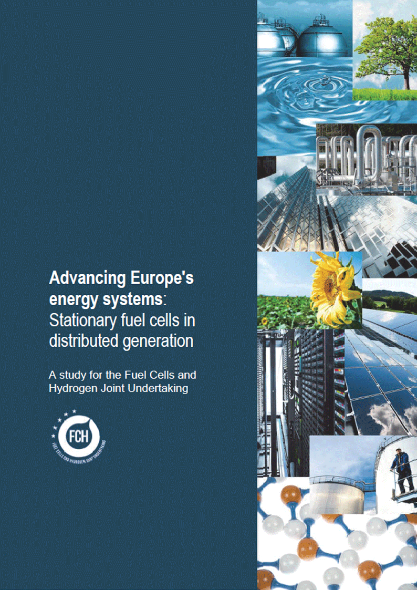Advancing Europe's energy system
![{[downloads[language].preview]}](https://www.rolandberger.com/publications/publication_image/cover_advancingeuropesenergy_download_preview.png)
Stationary fuel cells in distributed generation


An ambitious climate agenda is putting energy systems across Europe up against significant challenges as they integrate more and more generation capacity from renewables. Among them, the pressure to find new concepts for complementary supply, investments to modernize the electricity grid infrastructure, long-term storage solutions to ensure permanent power supply, and increased efficiency in order to save primary energy, reduce fuel imports, and increase security. Our collaborative study with the Fuel Cells and Hydrogen Joint Undertaking, a public-private partnership between the European Commission, explores these issues and the commercialization prospects for stationary fuel cells.
We found that innovative technologies for distributed generation of electricity and heat are important enablers. Stationary fuel cells can take Europe's energy transition one step further, converting both fossil and green fuels to electricity and heat at high efficiencies—up to 60% electrical efficiency and more than 90% combined electrical and thermal efficiency. Despite the considerable benefits and a wide array of potential use cases for application, so far the commercial role of fuel cell distributed generation in Europe remains limited despite increased traction and commercialization in other advanced countries such as Japan, South Korea, and the United States. Europe must now address production costs in order to offer competitive pricing and capitalize on this superior performance in terms of efficiency, emissions, and economics.


![{[downloads[language].preview]}](https://www.rolandberger.com/publications/publication_image/cover_advancingeuropesenergy_download_preview.png)
Stationary fuel cells in distributed generation